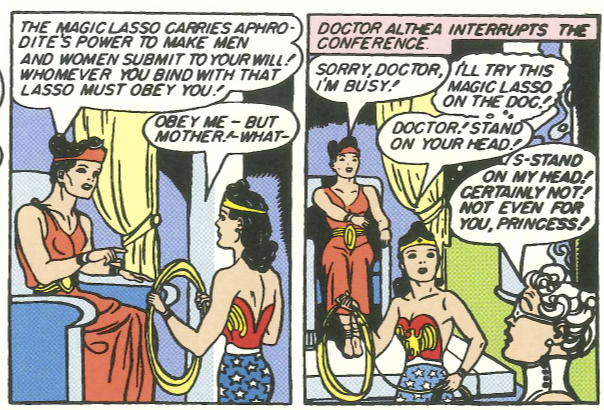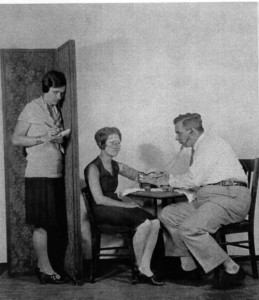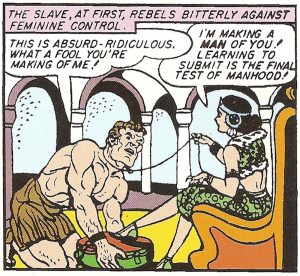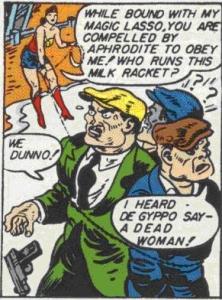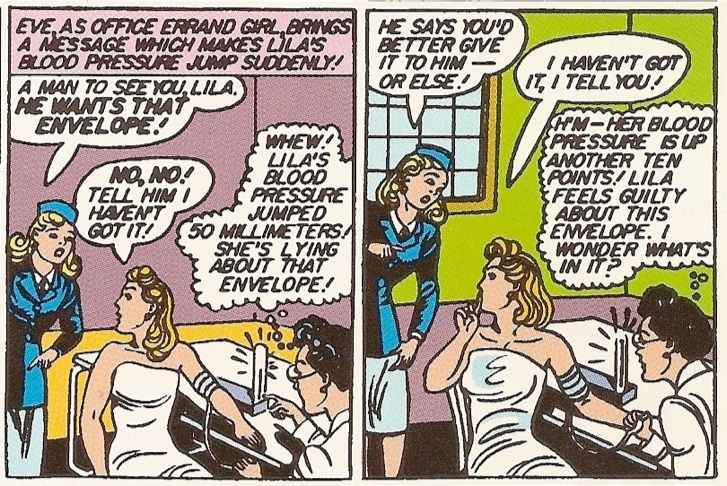I am trying to finish my paper on William Moulton Marston, and I am having significant difficulty deciding how to credit the scientific writings usually attributed to Marston alone. Here’s how I describe the problem in the paper:
Marston’s work and his personal relationships were deeply intertwined. Elizabeth Holloway held steady work most of her life, including a long editorial stint at Encyclopedia Britannica, supporting Marston when he was having trouble finding (and keeping) work. She was not only an inspiration and silent collaborator in much of Marston’s work; he often gave her credit. In Emotions of Normal People he reports on the results of experiments they had designed and performed together (370); elsewhere he reports that she “collaborated very largely” with him on the book (Lepore, 144). She is a credited co-author of the textbook Integrative Psychology. Olive Byrne received a master’s degree in psychology from Columbia, and she pursued but did not complete her PhD there (Lepore 124-5). Emotions of Normal People incorporated not only the research that Byrne had assisted Marston with at Tufts, but her entire master’s thesis on “The Evolution of the Theory and Research on Emotions” (Lepore 124-8). When it comes to authorship, Lepore points out:
[T]here is an extraordinary slipperiness.. in how Marston, Holloway, and Byrne credited authorship; there work is so closely tied together and their roles so overlapping that it is not difficult to determine who wrote what. This seems not to trouble any of them one bit. (ibid 127).
Thus, when examining the work of “William Moulton Marston,” it is crucial to keep in mind that said work is likely a collaborative production of (at least) Marston with Holloway or Byrne, if not both. It is tempting, then, to refer to “Marston, Holloway, and Byrne” or “Marston et al.” or “the Marstons” when describing “Marston’s” psychological contributions.
After this point, and throughout the paper, I have to discuss Marston’s record of publications, his psychological theories, his experiments, and so on. Currently, I refer to “Marston” in discussing works which list him as sole author, as well as the ideas cited in those works, and “Marston et al.” only in his one major co-authored publication (co-authored with Elizabeth Holloway Marston and C. Daly King). I’m unhappy with this approach, but also feel that doing one of the other things suggested above would be rather cumbersome.
Perhaps the fact that Marston, Holloway, and Byrne didn’t care much about it means I shouldn’t care much either. But what was expedient in their time is much more blatantly sexist in ours. Obviously, the citations in the bibliography should remain as they are, but the discussions in the text are a different story.

